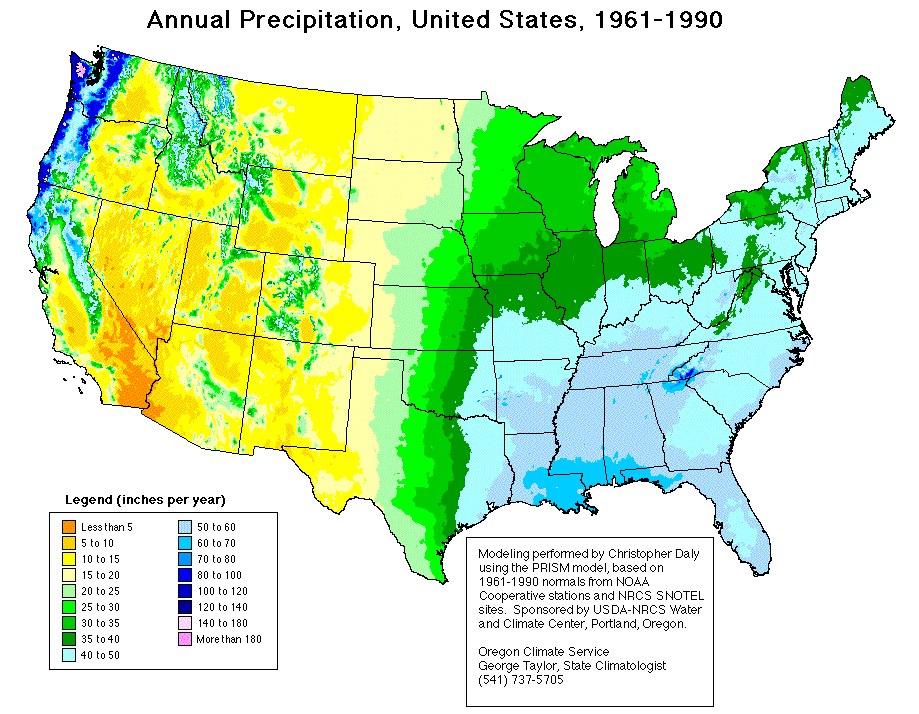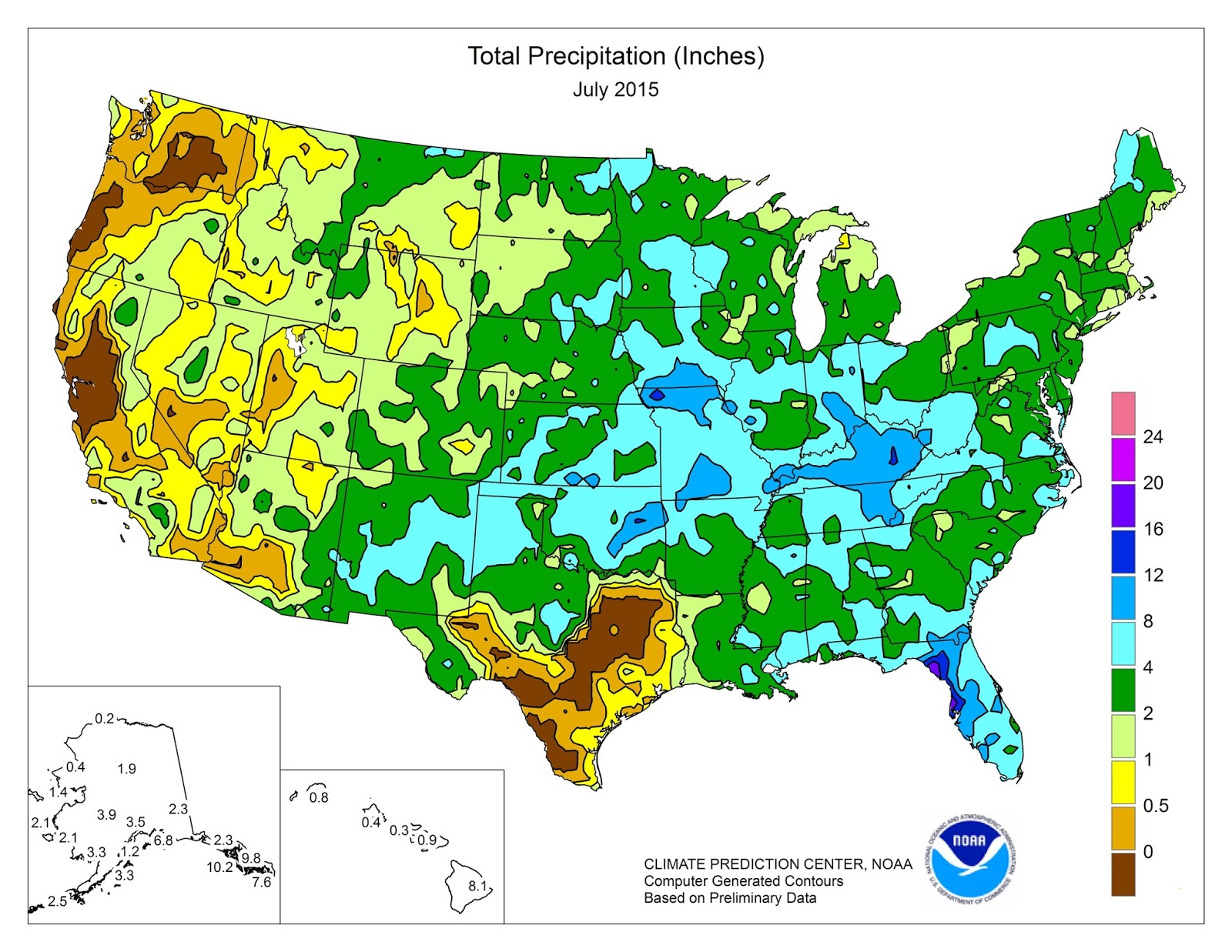

The "no data" icon is the result of an NWISWeb status code: The colored portion of the icon will represent the precipitation amount for that time interval.
Precipitation totals today full#
Here are the average temperatures of Aqaba.Legend colors refer to both USGS gage and National Weather Service precipitation overlay (at full opacity). In the Jordan Valley, the daily average temperature in January is around 15 ☌ (59 ☏), while in July and August, it ranges from 31 ☌ (88 ☏) in the north to 33 ☌ (91 ☏) in the south, as happens in Aqaba, the Red Sea port which is also the only small portion of the Jordan territory overlooking the sea. In the Dead Sea area, just over 100 mm (4 in) of rain fall per year. The climate is desert already in the area of the Dead Sea, the salt lake whose banks are located in a deep depression, 400 meters (1,300 feet) below sea level, and which loses most of its waters on the spot because of the strong evaporation. Owing to the low altitude, the Jordan Valley is very mild in winter and scorchingly hot in summer, but while the rainfall pattern in the north is almost Mediterranean like that of Amman, with rains in the period from November to April which amount to about 300 mm (12 in) per year, going south, it becomes progressively more arid.

However, there can also be scorching days, with peaks of 37/40 ☌ (99/104 ☏) from May to September, and more likely in July and August. Summer in Amman is hot and sunny, but the altitude tempers the heat in fact, highs are usually around 33 ☌ (91 ☏). The city is located at around 800 meters (2,600 feet) above sea level, and has an average temperature ranging from 8.5 ☌ (47 ☏) in January to around 27 ☌ (80.5 ☏) in July and August.ĭuring winter, there are sunny periods, mild during the day and a bit cold at night, alternating with periods of bad weather and rain from December to February, every now and then, cold air masses from the north can arrive here and cause snowfalls, especially in the western suburbs of the city, which are located at a slightly higher altitude, around 1,000 meters (3,300 feet), and the temperature at night can drop a few degrees below freezing (0 ☌ or 32 ☏). In the Jordan's capital, Amman, the climate is overall mild and dry. Sometimes, Jordan can be affected by a strong and hot wind blowing from the Egyptian Desert, which brings dust and sand storms this happens more easily in spring and autumn. From November to March, rains more intense than usual and concentrated in time can sometimes occur, and in these cases, the river beds, called wadis, which remain dry most of the year, can suddenly fill up and make it difficult to get around. Therefore, most of the country is desert, while the north-western area is semi-desert, and some parts of it, located above 1,000 meters (3,300 feet) are even quite green. Total annual rainfall ranges between 250 and 450 millimeters (10 to 18 inches) in the north-western area, and it decreases to a desert level, below 100 mm (4 in) per year in the rest of the country, that is, in the south-central Jordan Valley, and in the vast areas of the north-east and the south-east, which are offshoots of the Syrian and Arabian deserts. In Jordan, rainfall is generally scarce, and occur from November to April, with a maximum in winter, between December and February. In the south, there are also mountains, culminating in Jabal Umm Dami, 1,854 meters (6,083 feet) high. The plateau is interrupted only in the west by the narrow valley of the Jordan River, which goes even below sea level and has higher temperatures, with mild winters and very hot summers. In fact, most of Jordan is occupied by a plateau, which has an altitude between 700 and 1,200 meters (2,300 and 3,900 feet). In Jordan, the climate is usually subtropical arid, with quite cold winters due to the altitude, and sunny summers, which are hot but partly tempered by the altitude as well.


 0 kommentar(er)
0 kommentar(er)
